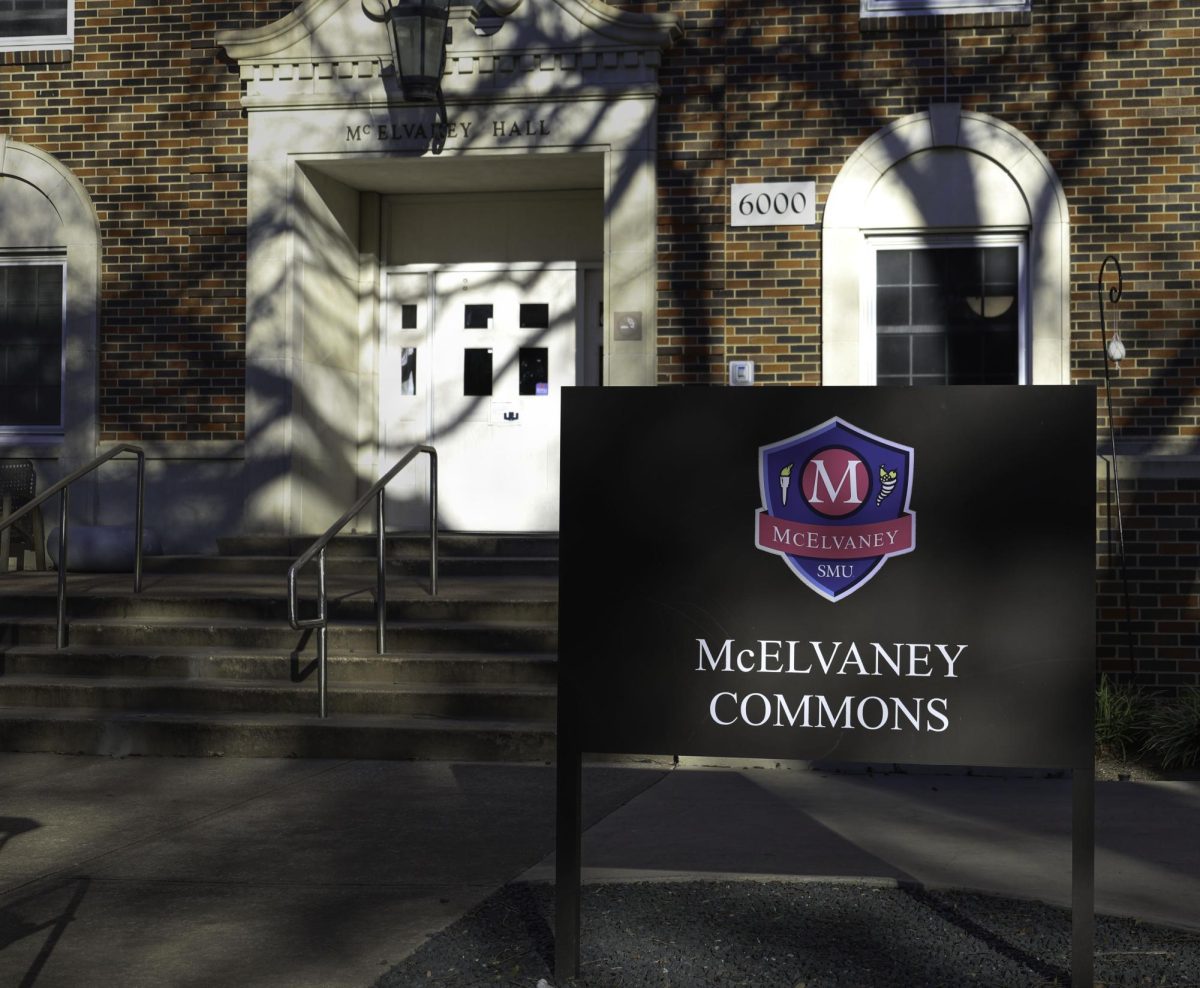I am currently saving up to buy a villa in Spain. Last summer, I studied in Leon, a small town in northwestern Spain and developed a strong appreciation for Spanish culture. I started saving last month, and by my calculations, I should be able to afford my retirement home by the time I turn 60 — 39 years from now.
I’m taking a pretty conventional route to save enough money. Every month, I set aside $500 from my paycheck, which I invest in Spanish wine — red wine from Rioja, a region in north central Spain, to be specific. What company, you ask? Well, it’s not a company, per se. I simply buy the wine and drink it — $500 worth, each month. With this sound investment strategy, I will certainly have enough saved up when I retire. A foolproof plan, if you ask me — and a fun one, at that.
Sound a bit fishy? It does to me, too. Though I am still young enough to think that I have all the answers, even I know that you can’t save money that you’re spending.
Yet this is the principle on which the Social Security Trust Fund operates. Since its inception 70 years ago, the Trust Fund has served as Congress’s budget-balancing, deficit-reducing slush fund. Originally intended to be the holding tank for the last seven decades of Social Security surpluses, the Trust Fund today contains nothing but IOUs. Rather than saving the excess revenue taken in, Congress spent the Social Security surplus to finance other projects.
The continual raid on the Trust Fund highlights two problems inherent in Social Security. First, Social Security will continue to run into financing problems so long as the financial resources of the program can be pilfered and used in other areas. This is not to say that the government will not pay back the money it has spent; invested in US Treasuries, Social Security benefits are backed by the full faith and credit of the United States Treasury, and they will be paid back. The true issue, however, lies in how the government will raise the money to finance the benefits: by raising taxes, cutting benefits or issuing more debt.
Secondly, Congress’s misuse of the Trust Fund emphasizes the chilling fact that Social Security benefits are not guaranteed. Indeed, Congress has the ability to do whatever it wants with our payroll taxes. The 1960 Supreme Court case of Flemming v. Nestor held that Social Security benefits are anything but guaranteed.
Seventy years after the creation of the Trust Fund, we must now look for a viable alternative to a system that exploits its taxpayers. The solution will be found in Personal Retirement Accounts. PRAs will change Social Security from a pay-as-you-go system to one in which every worker will pre-fund his or her own retirement. The account will be the private property of its owner, and the government will not, under any circumstances, be able to seize it.
PRAs amount to individual Trust Funds, although citizens will not be able to appropriate funds from their account until retirement — a far cry from the government’s actions today. Giving each citizen a stake in his own retirement, PRAs offer all equal access to the market and instruments of wealth creation.
It’s time that Americans were given more choice when it comes to their retirement: the ability to choose how their Social Security benefits are funded, and whether their government can continue to have a free-for-all with their payroll taxes.
I wouldn’t entrust my money to someone with the worst credit rating in America. I certainly don’t want to hand over my money to 535 people with the same record.
All this partisan talk about Social Security has made me thirsty. I’m going to go do some more investing in my villa.
Erin Robert is a senior at the College of the Holy Cross in Worcester, Mass., and is a senior writer for Students for Saving Social Security, www.secureourfuture.org, a non-partisan student group on more than 200 campuses across the nation advocating for reform through ownership. Readers may e-mail Robert in care of communications director Chris Schrimpf at chris@secureourfuture.org.








